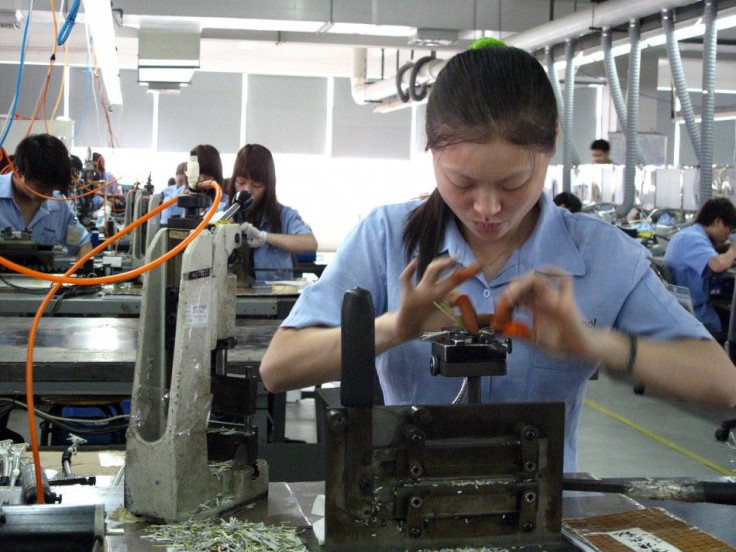China Releases New Data Suggesting Income Inequality Has Lessened

China’s rapid economic and industrial development has lifted much of its population out of poverty and into the middle class, sometimes even far higher. But as a minority of the population adjusts to its new, unprecedented wealth, much of China is still poor, generating class tensions and threatening the country’s social and economic stability.
Beijing’s National Bureau of Statistics released its own estimate of the Gini coefficient for 2012, valuing it at 0.474. The Gini coefficient, named after the Italian statistician who devised it in the early 20th century, is a measure of income inequality on a scale from 0 to 1. The value 0 represents total equality, where everyone has the same income, whereas the value of 1 represents maximum inequality, where, say, one person has all of a nation's wealth.
The release of an official Gini figure adds a statistical data point to the widely discussed, and supposedly growing, wealth gap in China, which can be compared with that of others. According to the NBS, the statistic will provide a gauge to measure the degree to which policies are needed to balance the nation’s wealth distribution. The United Nations uses .4 as its threshold; anything greater leads to a warning against inequality from the international body.
The number puts China on the same footing as the U.S., which had a Gini coefficient of .48 in 2011, according to the U.S. Census Bureau, and it makes China more of an equal than other major emerging markets, like Brazil and South Africa, whose coefficients are 0.55 and 0.63, respectively.
Over the course of the past nine years, China has consistently had a Gini value above 0.4, peaking in 2008 at .491. According to the data from the NBS, the value has been consistently decreasing over the past five years.
However, many, including the NBS, agree that the coefficient may not reflect the reality of China’s income disparities. The NBS uses data that analyzes household income that comes from occupational wages. This does not account for the widely recognized non-wage income that many wealthy people do not record as part of their salary earnings. Money earned through corruption or other illicit activities is in a grey zone that cannot be accurately incorporated into the Gini index. According to Capital Economics’ China Economic Update, a more accurate Gini value would be closer to 0.6, ranking China as one of the world’s most unequal societies, if such off-the-record gains were included.
However, the trend of a falling coefficient is still representative of some improvement. According to Capital Economics’ report, “income gaps between urban and rural households, and between rich and poor provinces, have narrowed.”
Regardless of the reported figures, Chinese officials hope to close the income gap further. According to the state-run Xinhua News Agency, a government report released after the 18th Communist Party National Congress in November 2012 stated that China is striving to double the nation’s 2010 GDP and per capita income for both urban and rural residents by 2020.
Ma Jiantang, director of the NBS, was quoted by Xinhua News as saying those goals still may not be enough, and he called for more effective measures to be taken: "The country should do a better job at income distribution and strive to make the incomes of low- and middle-income residents grow faster.”
Just 25 years ago, before its rapid development, China had Gini coefficient figures of 0.30, closer to the socialist ideals that the ruling Communist Party officially aims for. The change in its Gini coefficient since then highlights the nation's high-speed growth.
Though the statistics may indicate otherwise, income inequality is still very much an issue, one that is more visible than ever; China’s homeless beg for change outside million-dollar high-rises, as Lamborghinis and Ferraris are parked next to beat-up bicycles in downtown Beijing.
© Copyright IBTimes 2024. All rights reserved.





















